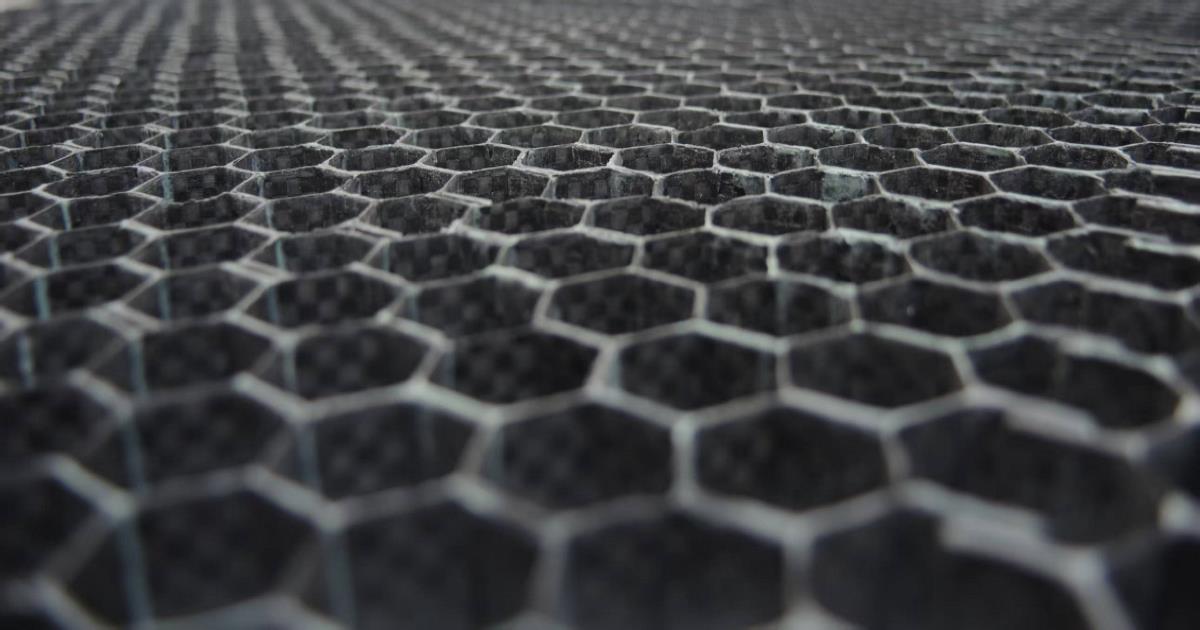- 3.2Impact Factor
- 6.4CiteScore
- 16 daysTime to First Decision
Mechanical Properties and Crushed Damage of Composite Sandwich Materials
This special issue belongs to the section “Mechanics of Materials“.
Special Issue Information
Dear Colleagues,
Composite materials are increasingly critical in aerospace, automotive, civil engineering, renewable energy, and marine applications owing to their high strength-to-weight ratio, high stiffness, and tailorable mechanical properties. The mechanical properties of composite materials, such as strength, stiffness, and toughness, are fundamental to their application. These properties determine how composite structures perform under different loading scenarios. When composite materials are subjected to impact or excessive loading, they can experience complex damage mechanisms, which can severely affect their structural integrity. The evaluation of damaged conditions is essential for predicting the lifespan and reliability of composite-based structures, regardless of whether they are made from polymer-, metal-, or ceramic-matrix composites.
Notably, advanced composite materials have complex failure mechanisms, particularly under crushing and impact loadings, which remains an important research topic. Therefore, the failure mechanisms, damage evolution, and energy-absorbing and impact characteristics of composite materials are essential for evaluating and optimizing their quasi-static and dynamic properties in possible lightweight structural applications. This Special Issue will gather cutting-edge research addressing experimental, numerical, and theoretical methods for assessing the mechanical properties and crushed damage behaviour of composite materials, including polymer-, metal-, and ceramic-based composites. We invite original research and review articles, including but not limited to fracture mechanics and quasi-static and dynamic responses.
This Special Issue will focus on, but is not limited to, the following topics:
- Damage mechanisms and characterization
- Experimental and computational studies of crushing-induced failure modes (e.g., fibre kinking, delamination, matrix cracking, and fragmentation);
- Advanced techniques for real-time damage monitoring (e.g., in situ X-ray tomography, digital image correlation, acoustic emission).
- Mechanical properties under various loading conditions
- Quasi-static and dynamic crushing behaviour of polymer-, metal-, and ceramic-matrix composites;
- Effects of fibre/matrix interfaces, hybrid architectures, and environmental conditions (e.g., temperature, humidity) on quasi-static and dynamic resistance.
- Failure prediction modelling and simulation assisted with machine-learning approach
- Multiscale modelling (FEA, DEM) of damage initiation and propagation;
- Machine learning approaches for predicting failure thresholds and energy absorption.
- Advanced materials and damage mitigation strategies
- Bio-inspired, hierarchical, and nanocomposite designs for improving impact performance;
- Self-healing composites and smart and adaptive materials for damage recovery.
- Multi-functional applications and sustainability
- Crashworthiness and impact characteristics for automotive/aerospace structures, lightweight civil engineering, and multi-functional applications;
- Recyclability and lifecycle analysis of damaged composite materials for sustainable development.
Prof. Dr. Jian Xiong
Dr. Quanjin Ma
Guest Editors
Manuscript Submission Information
Manuscripts should be submitted online at www.mdpi.com by registering and logging in to this website. Once you are registered, click here to go to the submission form. Manuscripts can be submitted until the deadline. All submissions that pass pre-check are peer-reviewed. Accepted papers will be published continuously in the journal (as soon as accepted) and will be listed together on the special issue website. Research articles, review articles as well as short communications are invited. For planned papers, a title and short abstract (about 250 words) can be sent to the Editorial Office for assessment.
Submitted manuscripts should not have been published previously, nor be under consideration for publication elsewhere (except conference proceedings papers). All manuscripts are thoroughly refereed through a single-blind peer-review process. A guide for authors and other relevant information for submission of manuscripts is available on the Instructions for Authors page. Materials is an international peer-reviewed open access semimonthly journal published by MDPI.
Please visit the Instructions for Authors page before submitting a manuscript. The Article Processing Charge (APC) for publication in this open access journal is 2600 CHF (Swiss Francs). Submitted papers should be well formatted and use good English. Authors may use MDPI's English editing service prior to publication or during author revisions.
Keywords
- composite materials
- sandwich materials
- mechanical property
- lightweight structures
- multi-functional structures
- polymer composites

Benefits of Publishing in a Special Issue
- Ease of navigation: Grouping papers by topic helps scholars navigate broad scope journals more efficiently.
- Greater discoverability: Special Issues support the reach and impact of scientific research. Articles in Special Issues are more discoverable and cited more frequently.
- Expansion of research network: Special Issues facilitate connections among authors, fostering scientific collaborations.
- External promotion: Articles in Special Issues are often promoted through the journal's social media, increasing their visibility.
- e-Book format: Special Issues with more than 10 articles can be published as dedicated e-books, ensuring wide and rapid dissemination.

